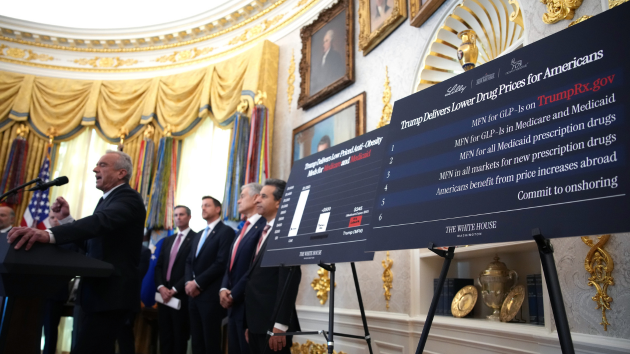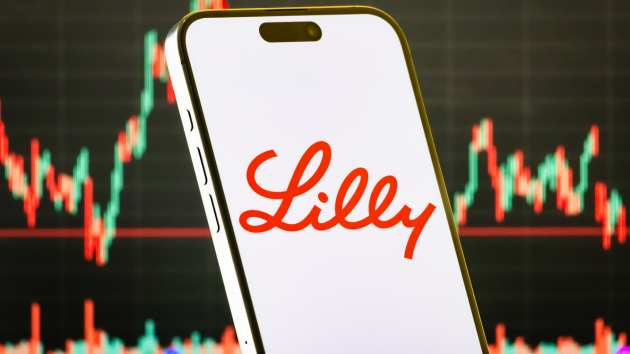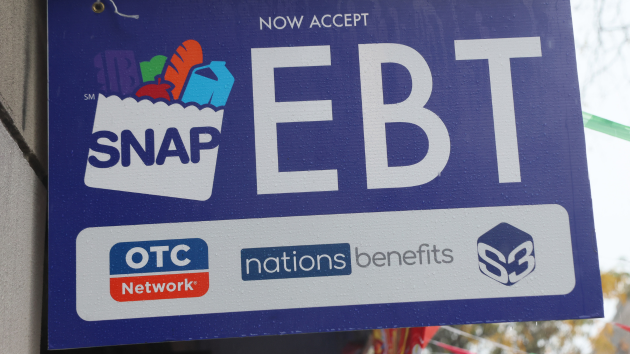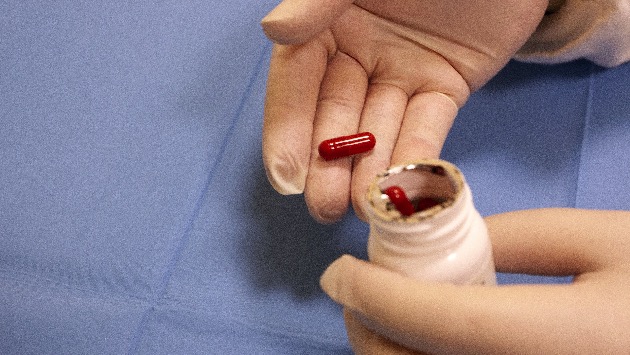Amid scarce supplies, some unvaccinated patients prioritized for COVID treatments
Written by luck on January 31, 2022

(WASHINGTON) — When retired four-star Gen. Pete Chiarelli tested positive for COVID-19, getting a treatment prescribed wasn’t the problem. Filling it, and finding the therapies, was.
At 71, and having already been treated for high blood pressure and atrial fibrillation, though fully vaccinated, Chiarelli is at higher risk of severe COVID-19, and is eligible for the few treatments that have been shown to work against the omicron variant: one of the antiviral pills from Pfizer or Merck or the monoclonal antibody treatment sotrovimab, from Vir Biotechnology and GlaxoSmithKline.
Chiarelli was prescribed Paxlovid, Pfizer’s antiviral pill, but he couldn’t find a place to fill the prescription near his home in Oregon. He turned to Madigan Army Medical Center in Washington, which didn’t have Paxlovid either — but they had sotrovimab.
There, Chiarelli says he was told the precious little supply of that infusion was being saved for those considered even higher risk than him, including the unvaccinated.
“It felt like kind of a defeat for me, because I tried to do everything right,” Chiarelli said. “And because I did, you’re saying, I’m not going to have the chance in the pecking order?”
As the omicron variant gathered steam, the National Institutes of Health COVID-19 treatment guidelines panel put out interim guidelines that health care providers should prioritize patients “at highest risk of clinical progression.” They defined these individuals using four key elements: age, vaccination status, immune status and clinical risk factors. Unvaccinated and immunocompromised individuals — who are at higher risk of getting sicker — come before vaccinated groups, according to the guidelines.
A Madigan official confirmed to ABC News that, like many other health systems, they are adhering to that NIH guidance, and saving their limited supply for those who meet that risk threshold. Patients not in the first two NIH-specified tiers would be “deferred for treatment,” Col. Dr. Tomas Ferguson, chief of infectious disease services at Madigan Army Medical Center, told ABC News over email.
Omicron’s spread has squeezed what was already a finite arsenal of COVID medicines. The ones in stock have been shown to fail against the new variant, while the ones that work against omicron remain scarce.
The nation’s sparse COVID-19 medicine cabinet is compelling health officials and patients alike to contend with the thorny moral question: Who should get treated first?
Reserving what they have for the patients who have the poorest prior defense against the virus now means people who have gotten the shot find themselves getting bumped in line behind those who have not gotten vaccinated.
“To allocate among competing patients in times of scarcity, you have to go by need and benefit,” Jennifer Miller, a bioethicist and assistant professor at Yale University School of Medicine, told ABC News. “You have to steward your scarce resources.”
With low reserves of functional omicron defenses, state and local health systems are now forced to implement a range of systems to decide which patients get what treatments.
Utah’s health officials have sharpened state eligibility for omicron treatments given the “extreme scarcity.” A person must score 10 points in risk factors for a vaccinated person, but 7.5 points for an unvaccinated person, in order to qualify for treatment.
A large-font banner at the top of Utah’s therapies page warns that because the medications are in “short supply” across the country, “you may not be able to find an appointment, even if you qualify.”
States like New York and Indiana use a tiered guidance system when resources are scarce, which puts unvaccinated or incompletely vaccinated people, along with immunocompromised groups, before vaccinated groups.
North Carolina is limiting the low supply of omicron therapeutics to “to high-risk people first – those who are unvaccinated or immunocompromised patients who are at high risk for severe disease, hospitalization or death,” a state Health and Human Services spokesperson said.
Clinical judgment should be untethered from the weight of other social contexts, bioethics experts said.
“This is, as you know, the twisted irony of being unvaccinated and still getting first access to these therapies,” Dr. Christian Ramers of the Family Health Centers of San Diego, said. His clinic is relying on NIH’s guidance. “That’s just really a cold, callous decision about who’s most at risk of dying. And clearly, if you’re unvaccinated, you’re at higher risk of dying.”
“Doctors’ ethic is — we treat saints and sinners alike, and we don’t distinguish,” Dr. Arthur Caplan, professor of bioethics and the founding head of New York University School of Medicine’s medical ethics division, told ABC News.
Health experts note that the circumstances forcing tough decisions about how to ration precious lifesaving resources is not a new one: what is new is having to make these tough decisions in the middle of a pandemic.
“It’s frustrating for the patients; it’s also challenging for us,” Dr. Sue Paik, Chiarelli’s doctor, said.
Chiarelli has been recovering, thankful his infection didn’t get more severe.
“Thank God it didn’t get any worse,” Chiarelli said, which he credits to being vaccinated.
“You hear numerous anecdotes about different areas of the country saving their monoclonals for the unvaccinated, which causes resentment about those people who chose not to get vaccinated,” Dr. Nicole Lurie, assistant secretary for preparedness and response at the Department of Health and Human Services under President Barack Obama, told ABC News. “Almost regardless of how you try to distribute it, while they’re in scarce supply, you’ve got a rubber-hits-the-road conundrum here.”
ABC News’ Martha Raddatz, Eric M. Strauss, Anne Flaherty and Sony Salzman contributed to this report.
Copyright © 2022, ABC Audio. All rights reserved.





